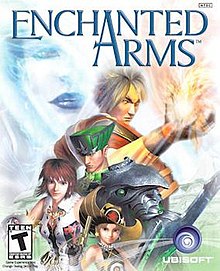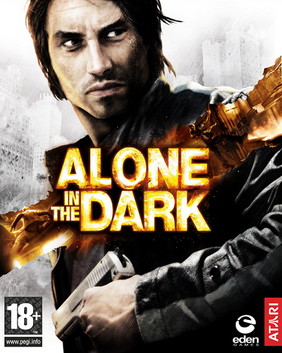
Alone in the Dark is a survival horror video game published by Atari Interactive and is the fifth installment of the series under the same name. The game was released for Microsoft Windows, PlayStation 2, Xbox 360 and Wii in Europe, North America, and Australia in June 2008. The PlayStation 3 version, titled Alone in the Dark: Inferno, was released in November 2008 and includes several enhancements from the other versions. The Windows, Xbox 360 and PlayStation 3 versions were released by Electronic Arts in Japan on December 25, 2008.

Blazing Angels: Squadrons of WWII is a flight combat video game for Microsoft Windows, Xbox, Xbox 360, PlayStation 3 and Wii. It was developed by Ubisoft Bucharest during the second fiscal quarter of 2006 for both the North American and European regions. The game features 46 different World War II fighter planes and allows the player or players to take part in several World War II events as a fictional squadron. Online support allows 16 players to take part in head-to-head and co-operative battles.

Virtua Tennis 3, known in Japan as Sega Professional Tennis: Power Smash 3, is the second arcade game sequel to Sega's tennis game franchise, Virtua Tennis. The arcade version of Virtua Tennis 3 is powered by the PC-based Sega Lindbergh arcade system board. Ports for the PC, Xbox 360, PlayStation Portable and PlayStation 3 consoles are also available with a traditional collection of tennis minigames that the home versions of Virtua Tennis are known for. In 2009, Sega updated and re-created Virtua Tennis 3 in Virtua Tennis 2009.

NHL 2K7 is an ice hockey video game made by 2K, and published on the PlayStation 3, PlayStation 2, Xbox, and Xbox 360 consoles. It features San Jose Sharks centre Joe Thornton on its cover. Bob Cole and Harry Neale return from NHL 2K6 to provide commentary. David Vyborny appeared on the cover of the PS2 version in the Czech Republic.
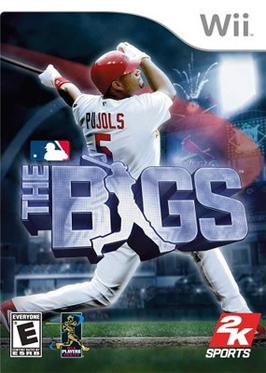
The Bigs is an arcade-style baseball video game for the Xbox 360, PlayStation 3, PlayStation 2, Wii and PlayStation Portable. It was released in June 2007 in North America, and in October in the PAL region. A sequel, The Bigs 2, was released on July 7, 2009.
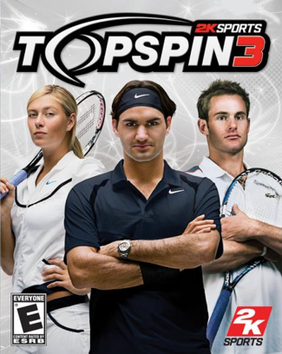
Top Spin 3 is the third title in the Top Spin series of video games. The game was developed by PAM Development and published by 2K. New game elements include real-time weather effects, more options of professional tennis players, an in-depth character creation tool and new unparalleled gameplay mechanics. It also features impressive advancements in an audio/visual sense with improved Dolby Digital surround sound and "Evolutionary" visuals. Top Spin 4 was released as a sequel about three years later.

Section 8 is a first-person shooter video game developed by TimeGate Studios and published by SouthPeak Games. It utilizes the Unreal Engine 3 and was released for Microsoft Windows, PlayStation 3 and Xbox 360. It was released in September 2009 for Xbox 360 and PC, and for the PlayStation 3 on March 25 in North America and April 15, 2010, in the PAL region.

Bionic Commando is a 2009 action-adventure video game, part of the Bionic Commando series. The game was developed by Swedish developer Grin and published by Capcom. The game is a sequel to the 1988 NES game Bionic Commando, with certain storyline elements taken from its 2008 remake Bionic Commando Rearmed. The game runs on Grin's Diesel engine.

Dark Void is a third-person shooter video game developed by Airtight Games and published by Capcom. It was originally released in January 2010 for the PlayStation 3, Xbox 360 and Microsoft Windows. In the game, players must face an alien threat that humanity had previously banished. The game uses Unreal Engine 3. A Games for Windows – Live version was also released on April 21, 2010.

UEFA Euro 2008 is the official video game of the Euro 2008 football tournament, published by EA Sports. It was developed collaboratively by EA Canada and HB Studios and was released in Europe and North America on 18 April 2008 and 19 May 2008 respectively. The commentary was provided by Clive Tyldesley and Andy Townsend.
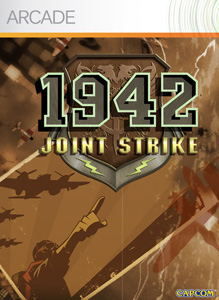
1942: Joint Strike is a video game developed by Backbone Entertainment for Xbox 360 through Xbox Live Arcade and PlayStation 3 through PlayStation Network. It was released in 2008. It is the remake of the original 1984 video game 1942.

Beijing 2008 is the official Olympic video game of the 2008 Summer Olympics held in Beijing. Developed by Eurocom and published by Sega, the game was the second video game based on the 2008 Summer Olympics to be released, the first being the fantasy-based Mario & Sonic at the Olympic Games which appeared in late 2007; however, Beijing 2008 is a realistic sports simulation.

Stormrise is a real-time tactics video game developed by Creative Assembly's Australian studio and published by Sega for Microsoft Windows, PlayStation 3, and Xbox 360. It's set in a post-apocalyptic world.
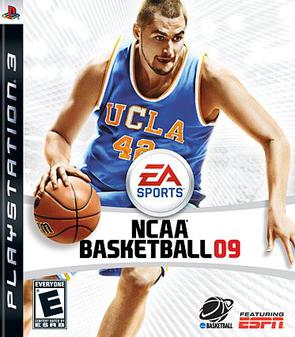
NCAA Basketball 09 is the 2008 installment in the NCAA Basketball series. It was released on November 17, 2008 for the PlayStation 3, PlayStation 2, and Xbox 360. Miami Heat player Kevin Love is featured on the cover. A special edition called NCAA Basketball 09: March Madness Edition was released only for Xbox 360 on March 11, 2009.

The Bigs 2 is a baseball sports video game developed by Blue Castle Games and published by 2K for the Xbox 360, PlayStation 3, PlayStation 2, Wii, and PlayStation Portable. The game serves as the direct sequel to The Bigs. The first trailer for the game was released revealing players like Ozzie Smith, Wade Boggs, Roberto Clemente, and Reggie Jackson and a number of other Hall of Famers. Milwaukee Brewers All-Star first baseman Prince Fielder is the cover athlete chosen by 2K Sports. For the Xbox 360, PlayStation 3 and Wii editions of the game, the English play-by-play announcer is Damon Bruce while the Japanese announcer is Kasey Ryne Mazak. It was released in 2009. The game was indirectly followed-up by Nicktoons MLB.

NeverDead is a third-person shooter hack and slash video game developed by Rebellion Developments and published by Konami for the PlayStation 3 and Xbox 360.
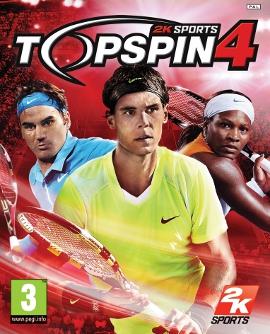
Top Spin 4 is a tennis video game developed by 2K Czech and published by 2K released on the PlayStation 3, Wii, and Xbox 360 consoles. The game features licensed professional players, venues and equipment. The game was released on March 15, 2011 in America, and was released on March 18 in the PAL region. The PS3 version supports the PlayStation Move and is also compatible in 3D. The Xbox 360 version does not support the Kinect but is 3D compatible.

Thor: God of Thunder is an action hack and slash video game based on the Marvel Studios film Thor. The game was developed by Liquid Entertainment and co-written by Matt Fraction. Thor: God of Thunder marks Thor's first standalone appearance in a video game and features the voices of Chris Hemsworth, Tom Hiddleston and Jaimie Alexander, who reprise their roles from the film. The game was released in 2011 for Nintendo DS, PlayStation 3, Wii, Xbox 360 and Nintendo 3DS. The PlayStation 3 and Xbox 360 versions of the game can be played in 3D on 3DTVs and on 2DTVs via TriOviz Inificolor 3D glasses. The PlayStation 3 and Xbox 360 versions were met with unfavorable reviews, while the Wii, DS, and 3DS versions were met with mixed reviews.

Outland is a platform game developed by Housemarque and published by Ubisoft. The game combines two-dimensional platforming with a polarity system similar to Treasure's Ikaruga and Silhouette Mirage. Outland was released on April 27, 2011 for Xbox 360. The PlayStation 3 version, which was supposed to be released the day before, was delayed because of the 2011 PlayStation Network outage then later released in June 2011. A Microsoft Windows version was released on September 29, 2014, followed by the Mac OS X version on December 21 of the same year, and the Linux version on February 25, 2015. The game was removed from sale on Steam and the Humble Store in December 2018 but has since been added back to Steam.

Burnout Crash! is a downloadable action racing video game in the Burnout series. It is developed by Criterion Games and published by Electronic Arts for PlayStation 3, Xbox 360, iOS via PlayStation Network, Xbox Live Arcade, and iTunes App Store.
